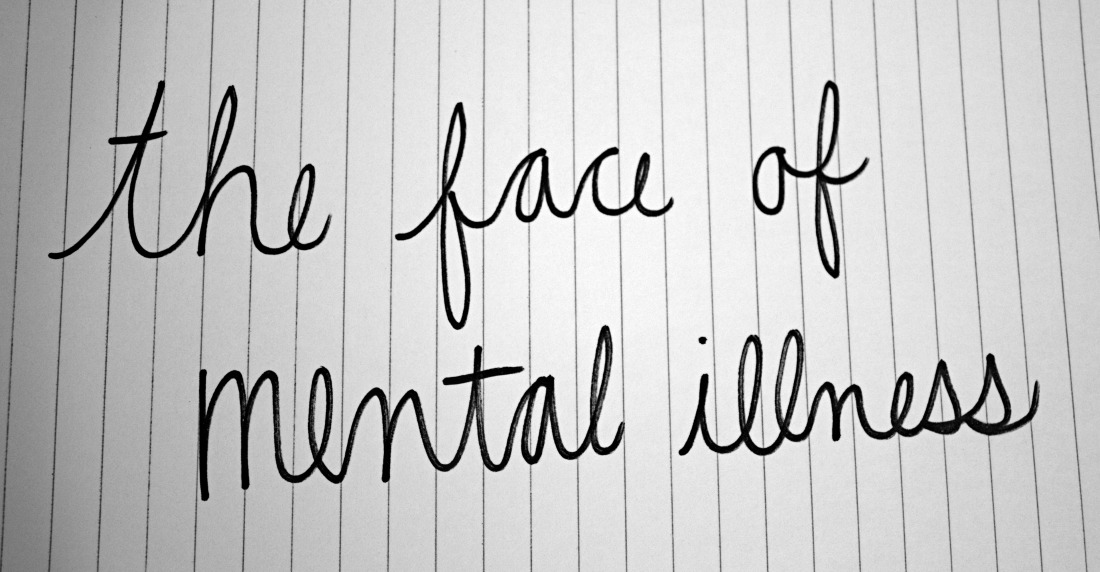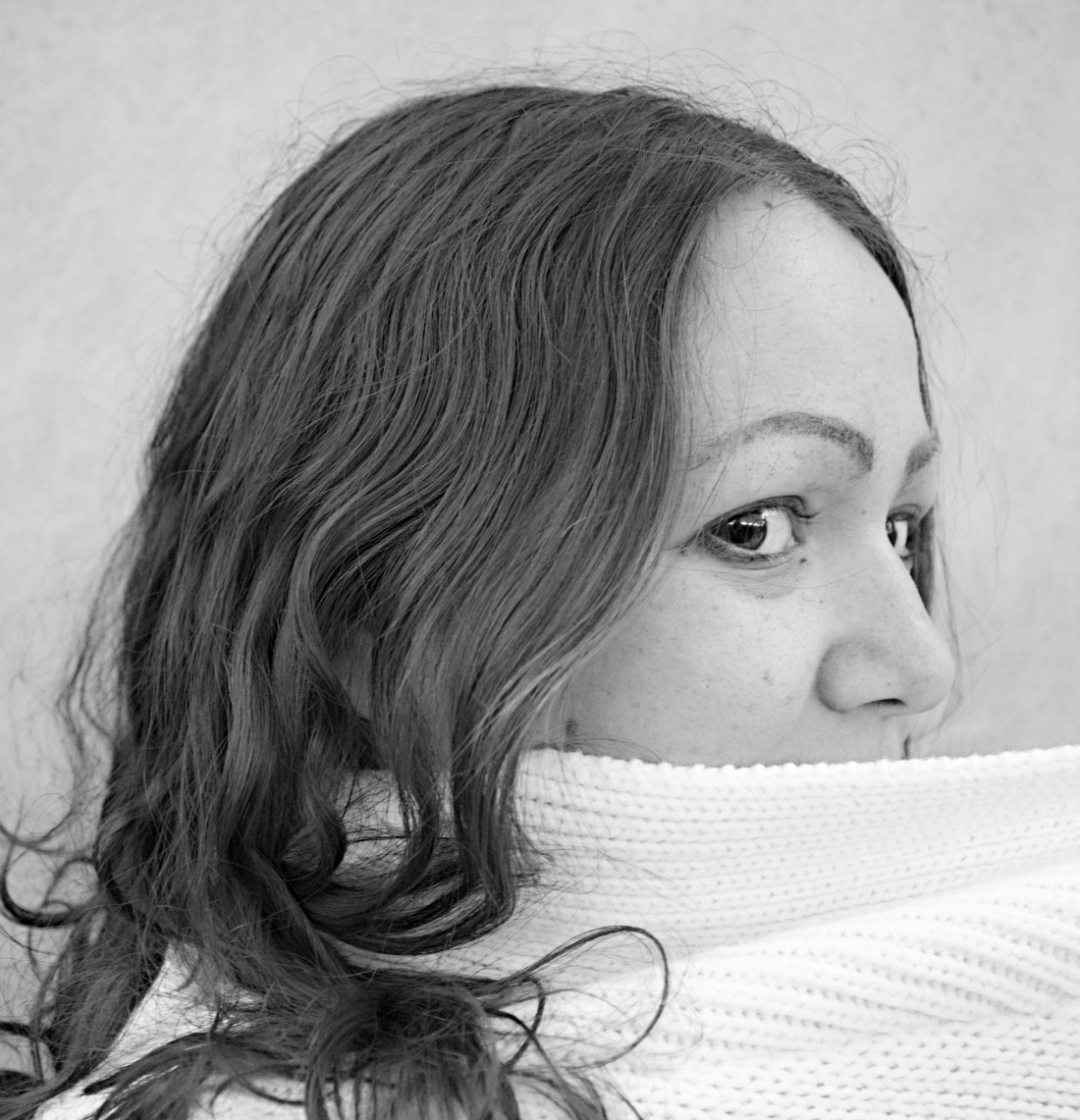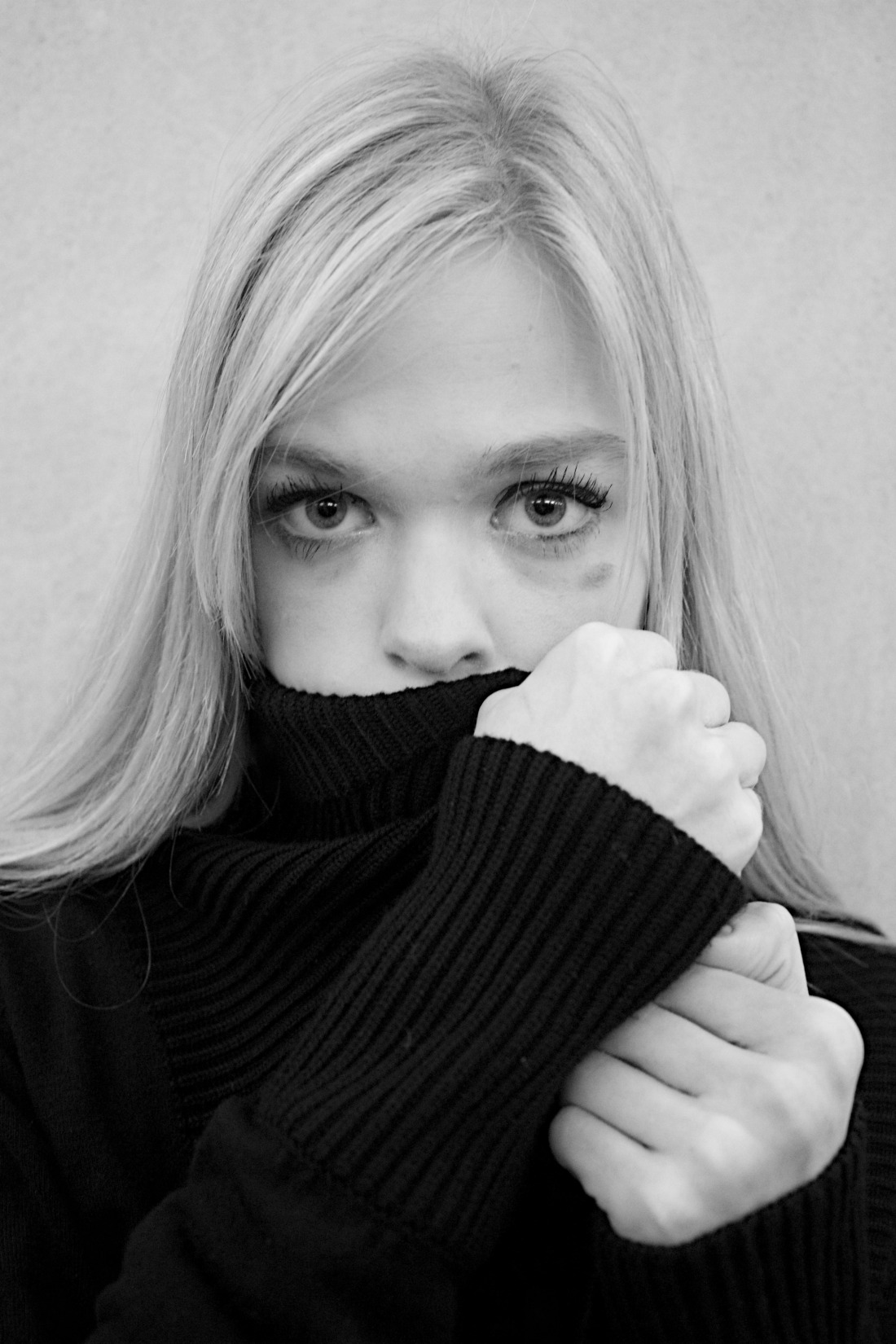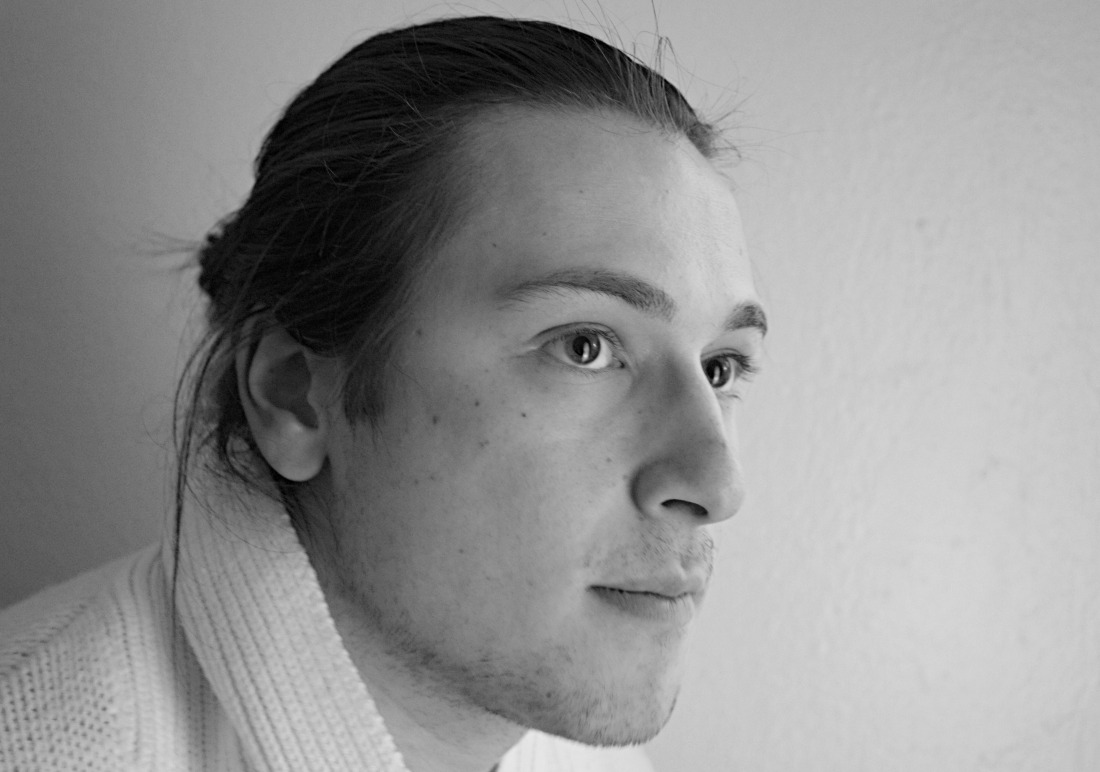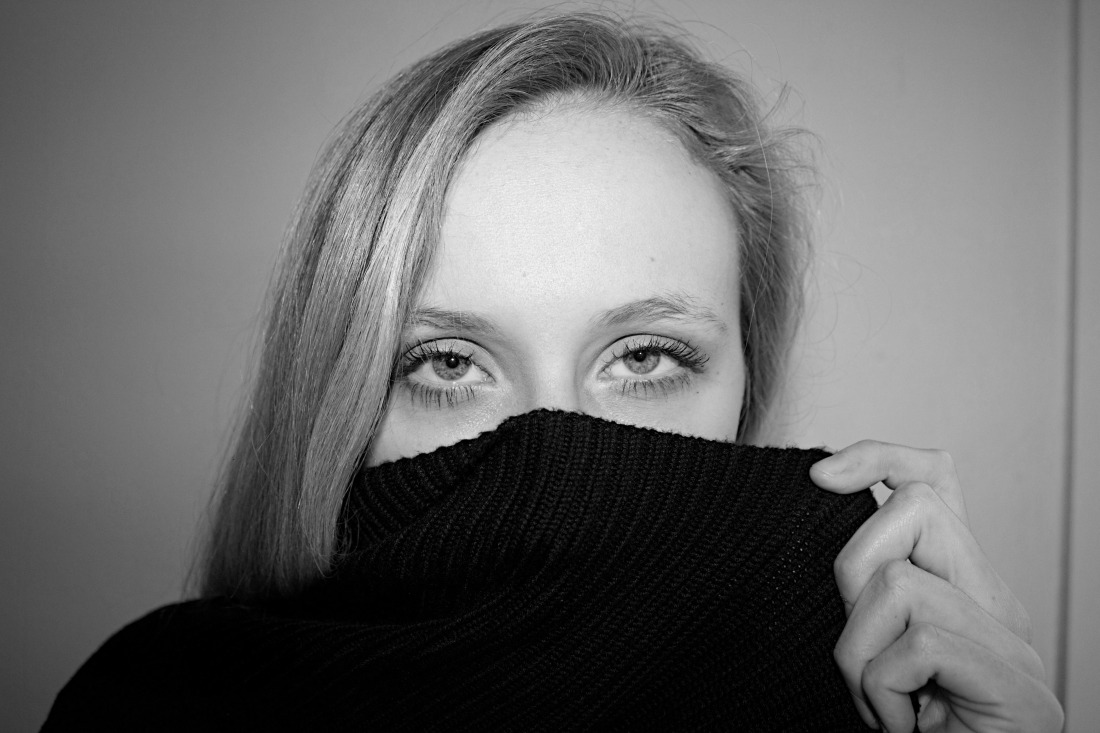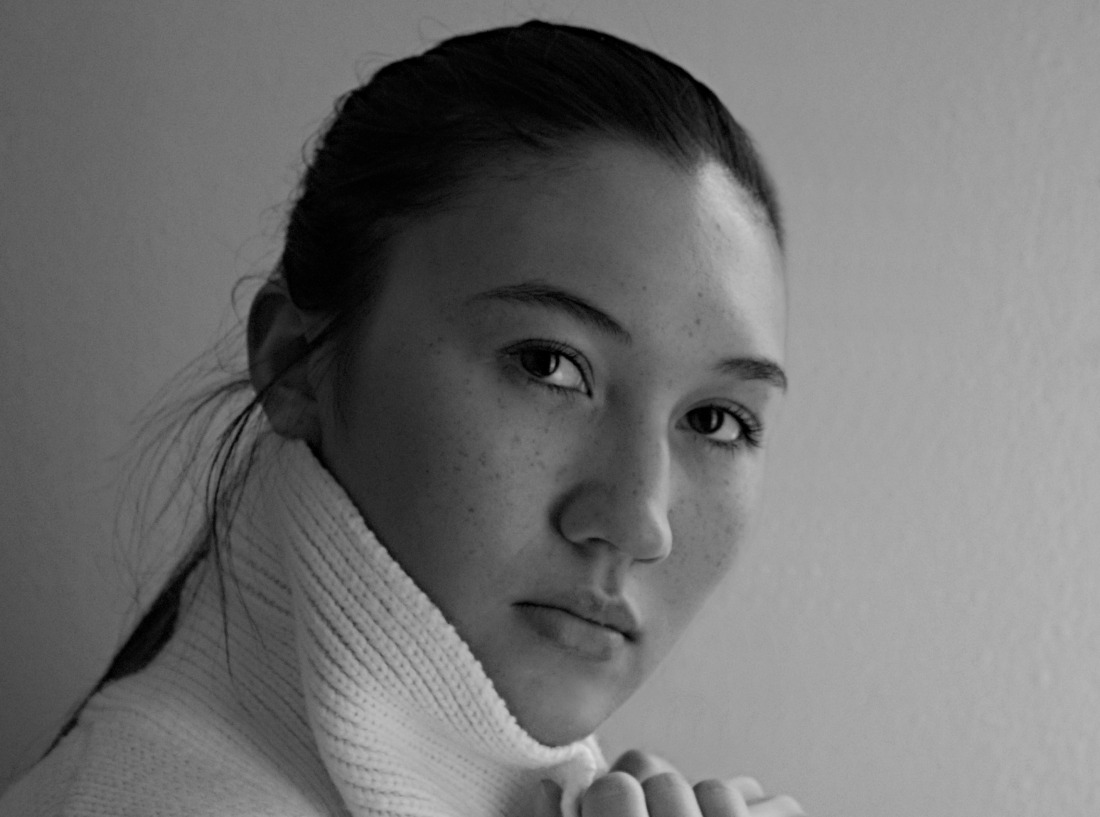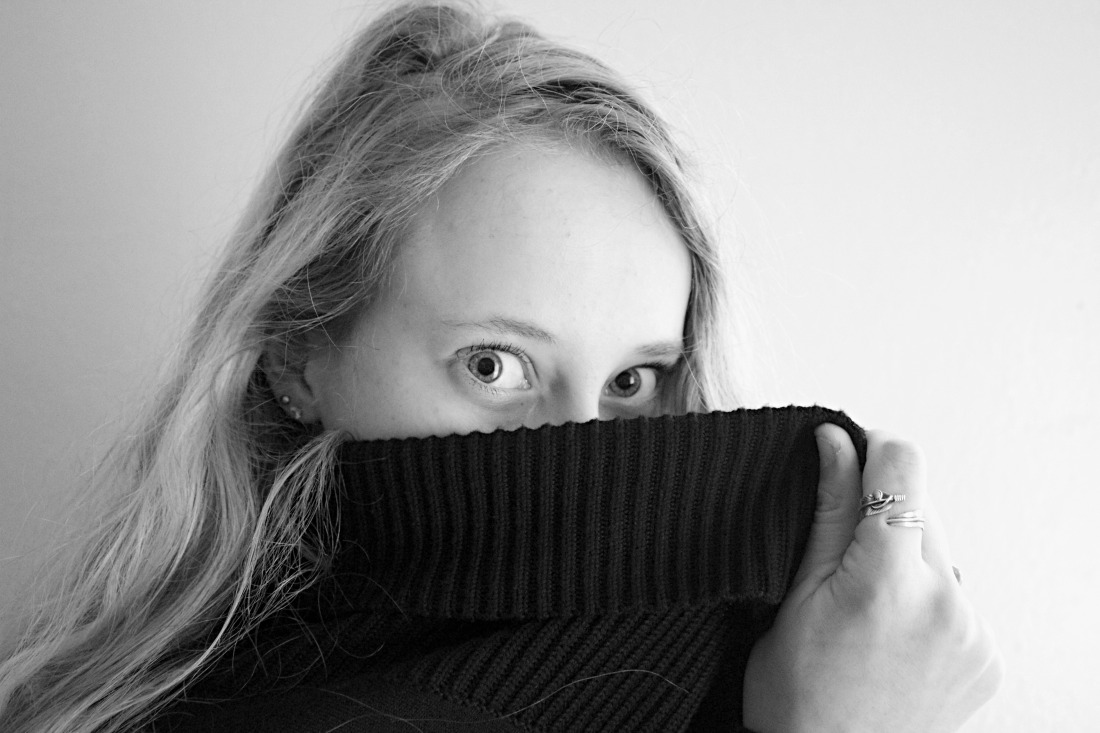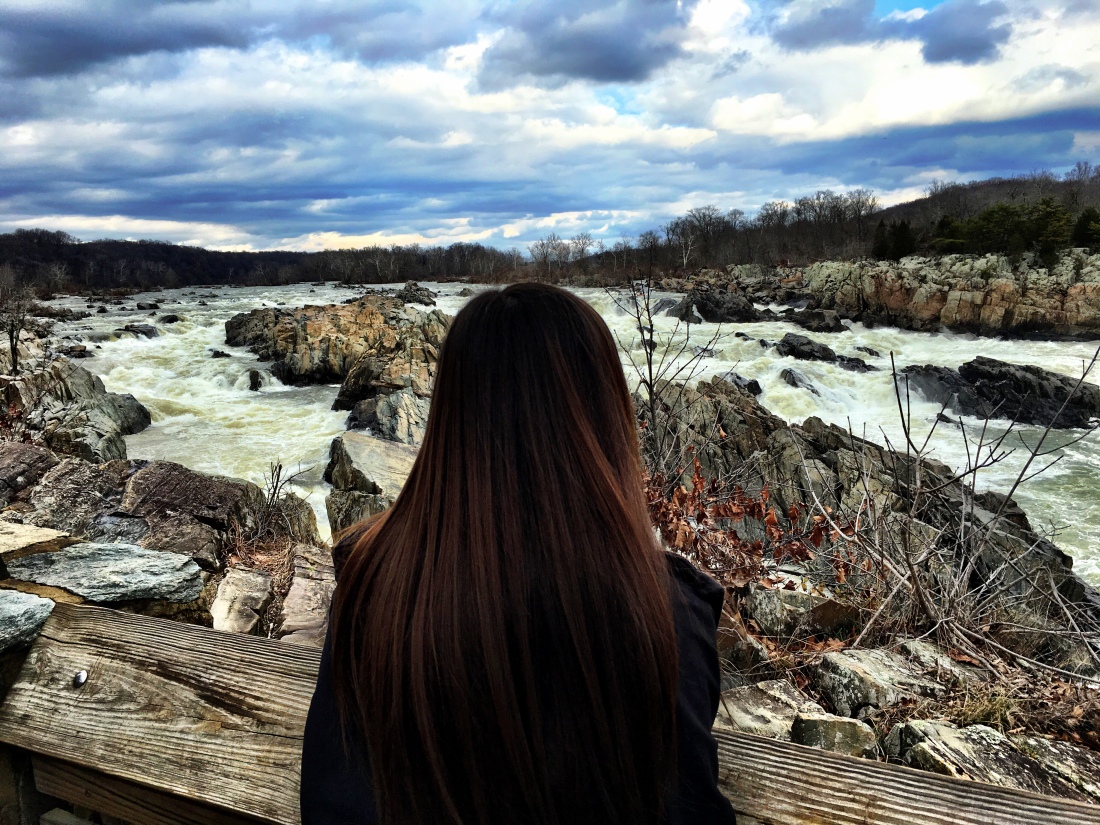I’ve always viewed photography as a way to see. Looking at an image, I imagine the setting, the place in time, the moments leading up to, and after, the image. Photography is more than just clicking a button to me; it is truly capturing a moment.
My first camera was a polaroid. My family was travelling to Disney World over Christmas when I was 5 and my parents had bought us a small (and inexpensive) polaroid at the time to take photos with the characters to immediately print and put into the infamous Disney books. However contrary to my parent’s expectations, I had taken photos not of characters, but of everything. The photos I took were sporadic and, to the normal eye, would seem irrelevant. But they were important to me.
Photography initially grew within me as a form of self-expression. Photography was a way to solidify my memories, my perspectives, my experiences. At first I was content with this use of photography in my life, but as the years went on I started wondering what photography could be.
In every other aspect of my life, I’m an over-achiever. An A- gets me worked up, completing an assignment less than 24 hours in advance gives me extreme anxiety, and not going above-and-beyond is being just plain lazy. Why should photography be any different?
My first dabble with photography of others began in high school, when I joined our student yearbook. I was handed a Canon Rebel, and asked to take photos of a sporting event that was happening that night. I was paralyzed. The way that the camera captured what I was seeing through the lens, the control that I was given, the fluidity between myself and the button, it was mesmerizing. Four years later I would be the editor and chief of this very yearbook, and I would be in control of choosing the images which would grace the pages.
When I came to college my freshman year I was introduced to Humans Of New York, a Facebook page that at the time was fairly new. I enjoyed the lightheartedness and individuality that the page brought to my life, and so I followed the progression of the photographer and the concept.
It was this page and the maturity of my mind in college that afforded me the ability to see the diversity apparent in photography. I saw myself leaning towards photos that were just more. Photos that were over-achieving. Photos that went beyond the photographer, beyond the moment, photos that in themselves told a story.
Writing 200 handed me the platform that I had been wanting and needing but hadn’t done. As a writing minor, words are my tools. Essays are my niche. Stories are my weakness.
“The Art of the Photo Essay” seemed intriguing enough, but the combination of the words “photo” and “essay” overlapping in one space seemed impossible. I had to find out for myself. The first photo assignment was difficult; how was I to describe myself and my personality through a collection of 8-10 photos? 8-10 photos to capture an infinite person? No way. But I did, and although it was difficult narrowing down photos (and feeling as though I was eliminating an aspect of myself), it was refreshing to have to portray my ideas and thoughts and personality through a series of photos.
As the semester moved on, the prompts that enabled adding purpose to our photo essays also enabled a spark in the potential I saw of my photos. The community photo essay turned into an expose of the realities of Greek Life, the problem photo essay aimed to target the occurrence of mental health at Michigan, the journey essay revealed the costs of beauty in foreign countries, and the profile essay confessed my admiration of a person in my life.
Throughout these essays, although all guided by differing central themes and questions, was an inherent aspect of my photography that I didn’t even realize I was doing. These essays made a call for realization, a call for change, a call for society to realize a problem through photos.
I had used photography to initiate social change, and this was inevitably shaped by my admiration for Humans of New York and my constant need to over-achieve. Writing 200 had given me a space to make this realization that all along I had wanted my photos to mean more, but had never been given the opportunity.
“Above all, life for a photographer cannot be a matter of indifference.” – Robert Frank.































